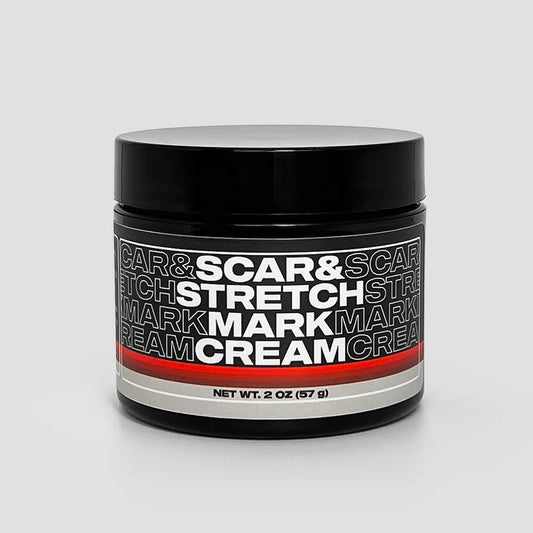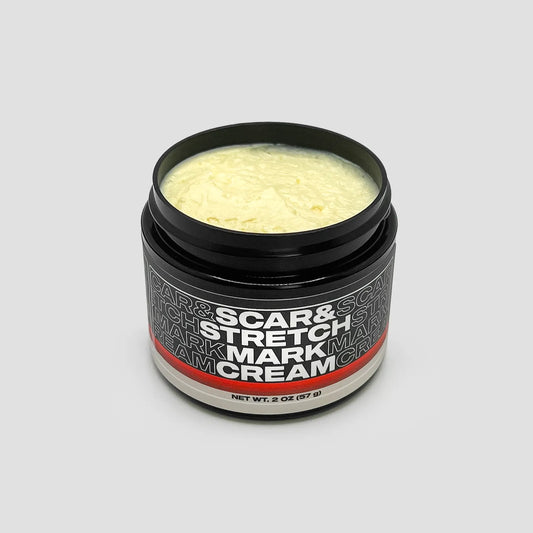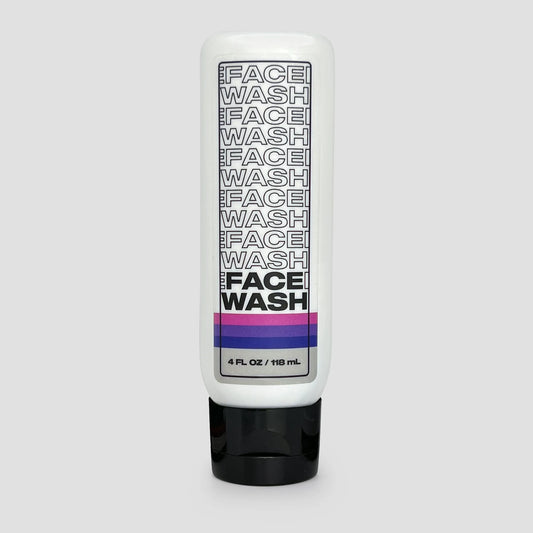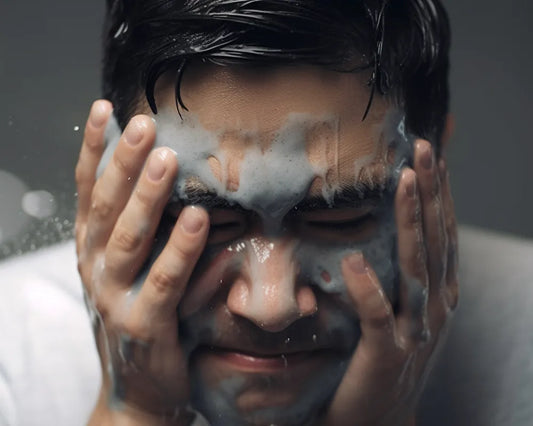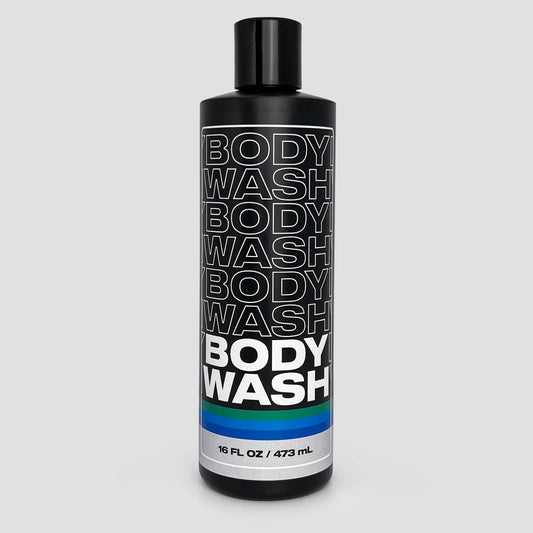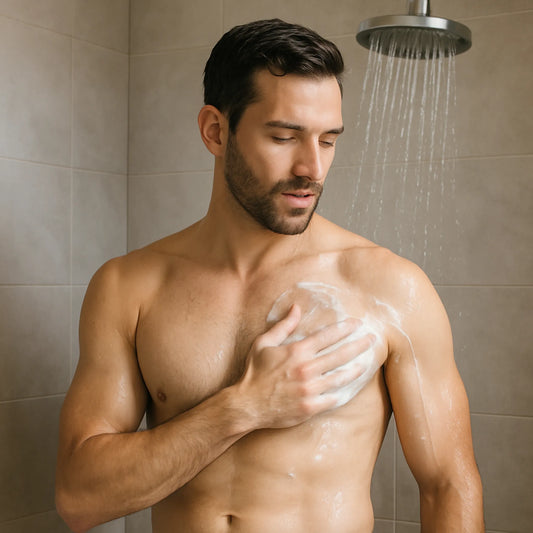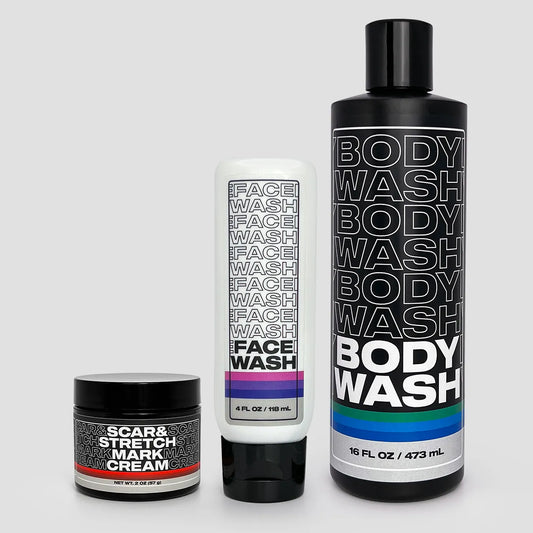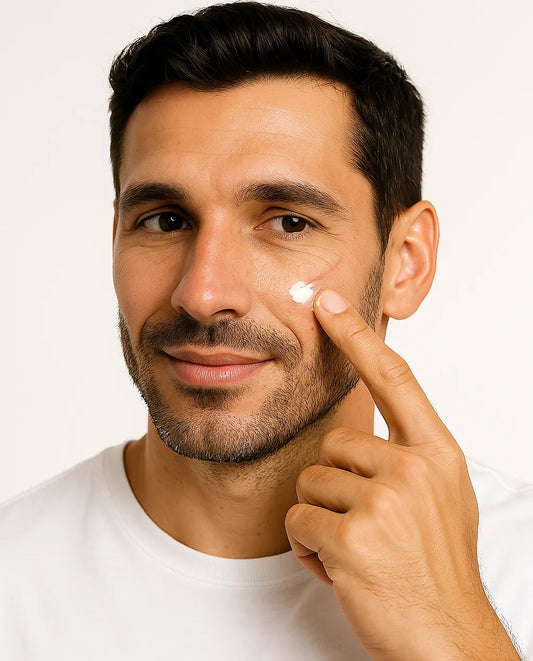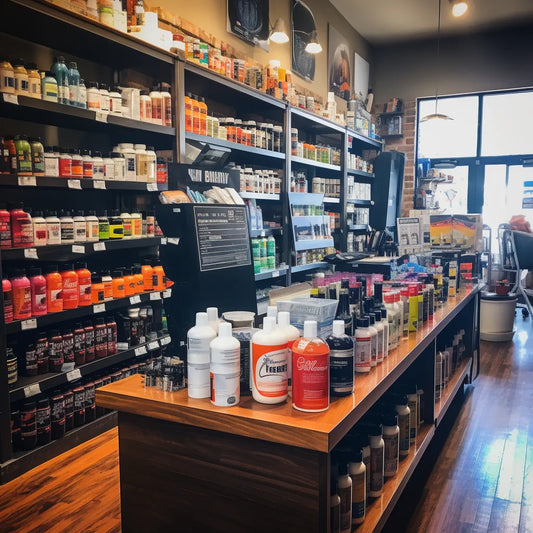
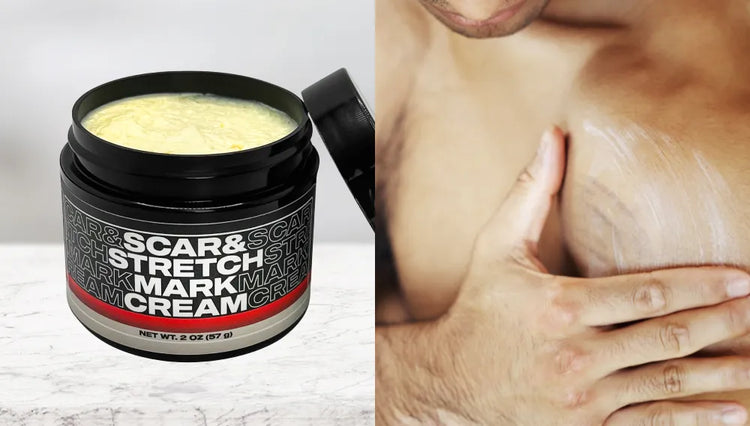
When it comes to skin, not all humans are created equal. That's right, ladies and gentlemen. We're stepping into the ring for a battle of the sexes, skin edition. (Insert trumpet sound here) In the red corner, representing all the tough and toned men out there - we have male skin. In the blue corner, delicate yet resilient, is female skin. Each has its own unique characteristics, strengths, and vulnerabilities.
Here at Tapered, we believe in understanding your skin. After all, knowledge is power, right? So, let's get down to the skin-deep differences between men and women.
Round 1: Thickness - Male Skin Takes the Cake
Men's skin is, on average, about 25% thicker than women's skin. This is primarily due to collagen - the stuff that acts as your skin's support structure. In guys, collagen decreases steadily over time. In women, the decrease is more gradual until menopause, when it takes a steep dive. Source: National Library of Medicine
So what does this mean for you? Gentlemen, it means you have a natural resilience to aging - at least, in your skin. But it doesn't mean you're immune to the effects of time and environmental stressors. Regular skincare is still crucial.
Round 2: Sebum Production - Guys, You're a Bit Oily
Sebum is the natural oil your skin produces. It helps to moisturize your skin and keep it healthy. Men tend to produce more sebum than women, which leads to oilier skin and larger pores. While this might sound like a drag, it actually has its advantages. The higher oil production can help to keep your skin moisturized and supple, staving off the appearance of fine lines and wrinkles. But there's a downside: it can also lead to an increased chance of acne and other skin issues. Source: Mayo Clinic
The trick is to manage this oil production effectively. This might mean using certain skincare products designed for oily skin and paying special attention to cleansing and exfoliation.
Round 3: Hair Growth - Welcome to the Jungle, Men

Men are like lions, majestic with their manes. But those manes don't just grow on the scalp. Thanks to testosterone, men have more hair follicles across their bodies. This increase in hair follicles, especially on the face and body, gives men a distinctive look. However, as with most things in life, with greatness comes responsibility, and in this case, more hair means more grooming.
Navigating the jungle of men's hair growth isn't just about wrestling with razors. The denser hair growth can lead to issues like ingrown hairs and razor bumps, especially in areas where the skin is more sensitive or the hair is more coarse. This often happens after shaving when the hair, instead of growing outwards, curls back into the skin causing inflammation, redness, and discomfort.
Maintaining proper shaving techniques and adopting good skincare habits can help mitigate these issues. This might include using a quality shaving cream or gel, making sure to shave in the direction of hair growth, and keeping your skin moisturized. Remember, guys, in the world of men's grooming, prevention is the name of the game!
Round 4: Hydration Levels – Why Men Need Extra Care
Although men's skin naturally produces more oil (sebum), it's a bit of a paradox that it isn't as adept at staying hydrated. This is because the oiliness of the skin doesn't equate to water content. The lower water content means men's skin is more prone to dehydration, leading to issues like dryness, tightness, and potentially causing premature aging.
In the fitness context, it's crucial to consider that regular intense workouts can lead to excessive sweating, which can dehydrate the skin. It's similar to the body needing rehydration post-workout; your skin needs that too. So, guzzling down that water bottle isn't just good for your body, it's great for your skin as well.
This is where a good moisturizer comes into play. A moisturizer for men's skin should be hydrating but not overly greasy. It should act as a one-two punch, replenishing lost moisture and creating a barrier that helps your skin retain hydration for longer. But don't forget, moisturizing is only part of the equation. A well-rounded skincare routine and a healthy lifestyle are your skin's best allies.
Round 5: pH Levels - The Balancing Act
When we talk about pH, we're talking about how acidic or alkaline something is. On the pH scale, 7 is considered neutral (like pure water), anything below 7 is acidic, and above 7 is alkaline. Skin pH is typically slightly acidic, with a healthy pH hovering around 5.5.
Interestingly, men's skin is usually more acidic than women's. This increased acidity can affect your skin's ability to fend off harmful bacteria and can cause skin conditions like dermatitis, eczema, and even premature aging.
Here's where it gets tricky, guys. Many soaps and face washes are alkaline, which can disrupt your skin's pH balance. This disruption can weaken your skin's defense mechanism, leading to potential skin problems.
Therefore, it's important to use skincare products that are pH-balanced, meaning they're designed to work with your skin's natural pH rather than against it. The aim is to maintain the acidity of your skin, keeping it happy, healthy, and radiant. Remember, fellas, balance is key, both in your workouts and your skin care!
Conclusion
Understanding the unique qualities of male skin allows for more effective and personalized skincare. While you have some natural advantages, like thicker skin and higher sebum production, these also bring their own challenges. But with the right knowledge and skincare routine, you can keep your skin in fighting shape.
Stay tuned for more skin-savvy insights from Tapered, where we're all about empowering you to look and feel your best, from the gym to the office, and everywhere in between.
Remember, gents, your skin is your largest organ and your first line of defense. Treat it with the respect it deserves.
